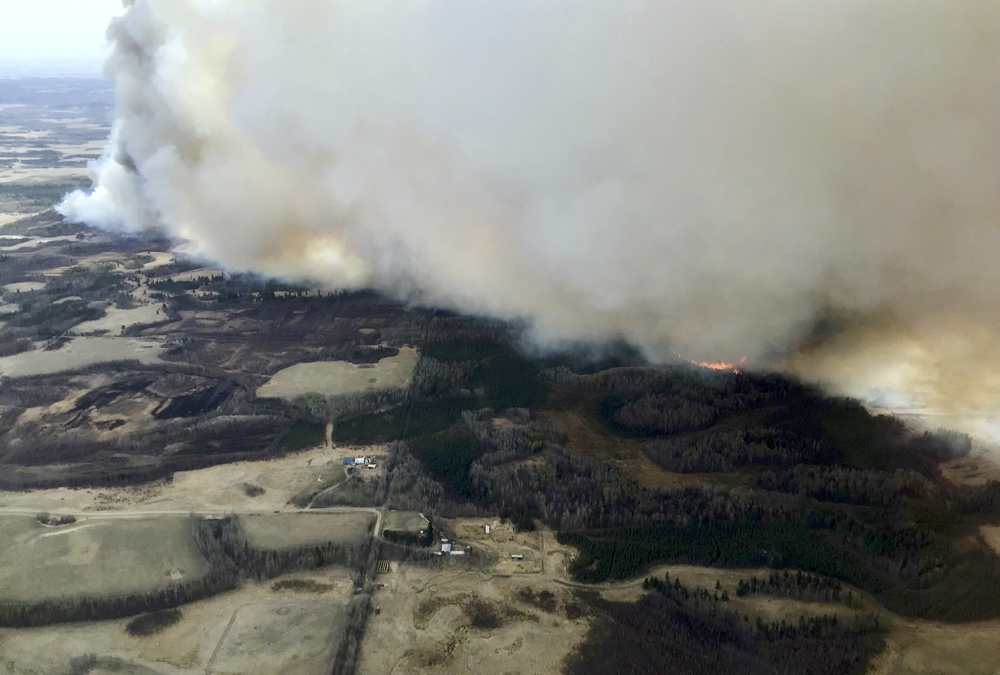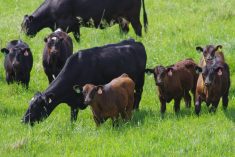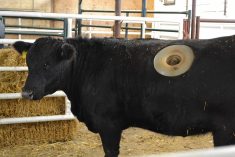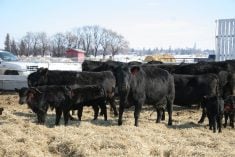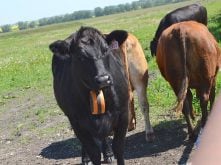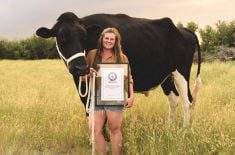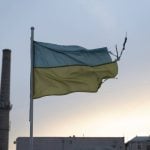Many pastures have been damaged by this year’s fires. But how long does it take a pasture to recover? What can be done for a burned pasture?
“Fire is not new to most grasses and other pasture forage species,” said Barry Irving, former manager of the Roy G. Berg Kinsella ranch. In that role, Irving practiced a lot of controlled burns.
“Though it may seem like doom and destruction after a pasture burns, in general, the pasture will recover.”
Read Also

Grazing ‘sweet spot’ boosts pasture performance
Timing-focused approach to pasture management touted to boost forage growth, livestock gains while also cutting farmer labour and inputs
Grant Lastiwka, forage specialist at Innisfail, had a fire at his place on April 29. It required three fire trucks to control and removed a legume grass pasture that had considerable plant litter.
“In a lot of these cases, it could be that the plants could come right back. In some cases, it could be minimal damage, just a removal of litter,” said Lastiwka. “It came back great guns, but now I’ve got no litter, but plants.”
Different areas will recover at different rates, depending on moisture.
“If it’s the aspen parkland, if it’s the parkland, if it’s the dry mixed prairie, everything is different because of the moisture and the ability for yield to mitigate,” he said.
At his own place, soil temperature will be warmer because of the burned, black soil between the plants.
“There won’t be the litter to keep the soil cool. Water infiltration will be affected. Raindrops will hit bare soil and not hit plant particles,” he said.
Art Bailey, professor emeritus of rangeland and management at the University of Alberta, said burned pastures are equivalent to heavy grazing in terms of subsequent management.
“It has to be treated with care, especially since most of the pastures that have been burned have been burned under very dry conditions,” he said.

Soil moisture is low in much of the province.
“The thing is, there needs to be a considerable length of rest for a month of two before people can go on pastures. After a burn, there is little regrowth,” said Bailey.
This can be a challenging situation for ranchers.
“These pastures have been hit pretty hard. There’s been very little soil moisture. If there’s a lot of dead grass lying on there, the temperature of the fire will be higher, and that means a longer period of time to recover,” he said.
Irving said keeping a pasture in good condition will help if there’s a fire.
“If your pasture is beat up and heavily grazed, they’re not going to burn anyway, because there won’t be too much there to burn. Pastures that are (kept) in good shape, with decent litter level, those are the ones that will burn. Those are the ones that will have a little heavier fire impact. This year is a bit different. The whole province feels like it’s prone to fire.”
In general, boreal, sub-boreal and western areas are less likely to burn because the plants have a longer green period with more moisture. But that hasn’t been the case this year.
“Fire is a lot like grazing,” said Irving. “It’s a defoliator. It doesn’t select. If there’s fuel, it burns.
“You do all the same things you do after grazing. You have to get some rest. All plants need to recover their leaf area and capacity to produce leaf area. Give it some rest after the fire.”
Irving said the rest period will vary with conditions.
“I think it is situationally dependent. If you get decent moisture and decent rainfall, you could have something burn in the spring and you could still graze it that year,” he said.
“If you don’t get any rainfall, burning creates an artificial drought situation, so … you should defer longer until you get the rainfall and it establishes the leaf area again.
“Burning darkens the soil and gets rid of litter. Litter is one of the things that preserve soil moisture. When you remove that litter, you become more prone to drying out the soil. You’re more prone to drought.”
Pastures with shrub and tree encroachment may actually benefit from a fire because grasses will recover more rapidly that larger vegetation.
“There is no one-size-fits-all answer here. If there is not adequate rainfall after a fire, the recovery period needs to be longer. Managers will need to adapt to their own unique set of circumstances.”


